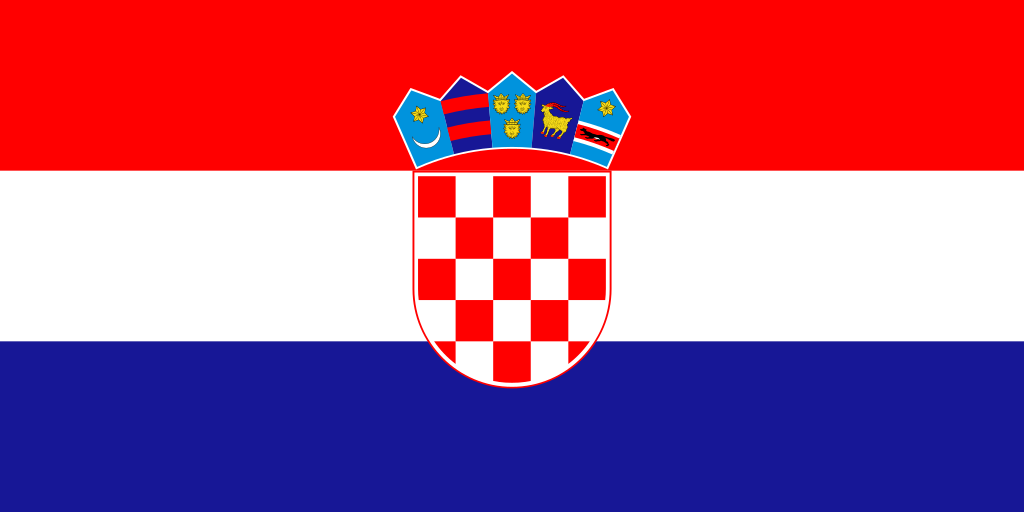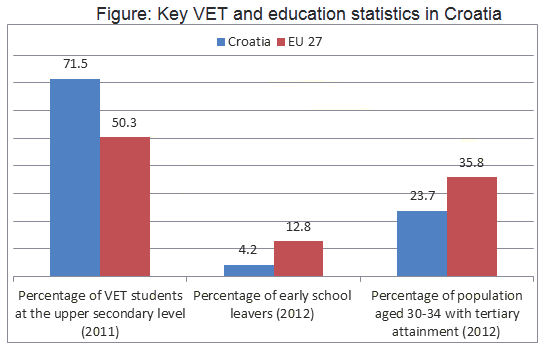
As long as there is a heart, there will be Croatia
Education

The educational system in Croatia
begins with preschools-kindergartens. Children start
their compulsory eight year long primary education from
the age of 6 or 7. After finishing elementary school,
students can continue their education, based on grades
in elementary school, in four year non-compulsory
secondary schools that are divided by the curriculum
into gymnasiums, vocational (technical, industrial,
trade) and art (music, dance, art) schools. Since 2010,
enrollment in higher educational institutions is
determined by a student's scores on the Matura
high-school exit exam. Institutions of higher education
offer both university and professional studies. Higher
education institutions are divided into polytechnics,
colleges, faculties and academies of art. Since 2005,
all study programs are aligned with the requirements of
the Bologna Process. Five-year university programs
enable students to work in science, education, business,
the public sector, etc., and can be at undergraduate
(BA), graduate (MA) or postgraduate (PhD) level.
Professional studies last two to three years, and are
offered at polytechnics and colleges. Upon completion,
graduates get the title of professional bachelor (bacc).
Public primary and secondary schools,
as well as institutions of higher education, are
tuition-free. Students only pay for textbooks, basic
equipment, cafeteria food, student dorms and other
necessities, although the state also gives thousands of
scholarships each year. In addition, the state pays
health insurance for students. There are very few
private schools in the country.
Education in Croatia has a long
history, with the first university being University of
Zadar, founded in 1396. The largest and oldest
continuously operating Croatian university is University
of Zagreb, founded in 1669. Today, there are 940 primary
and 390 secondary schools, as well as 90 public and 32
private higher education institutions in Croatia.